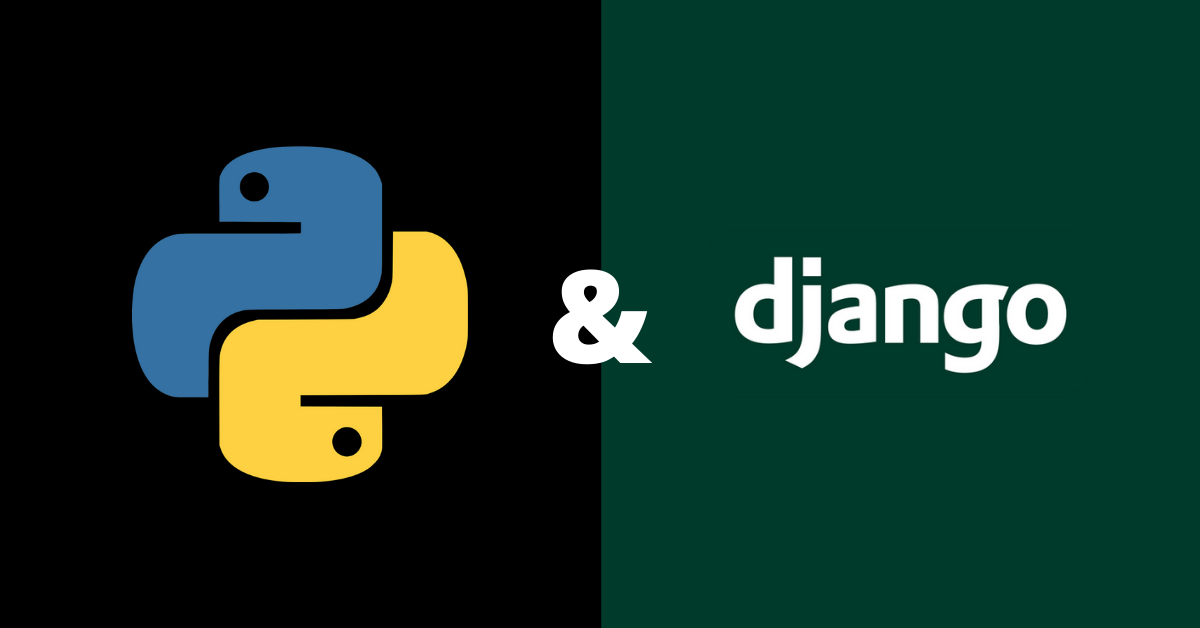Django, a high-level Python web framework, provides a solid foundation for building robust and scalable web applications. In addition to its core functionality, Django offers a vast ecosystem of libraries that extend its capabilities and simplify common web development tasks. In this blog post, we will explore the top 5 Django libraries that empower developers to streamline their web development process. We will delve into each library’s key features, provide code samples, showcase real-world examples, and include relevant images to demonstrate their usage and effectiveness.
1. Django REST Framework (DRF)
Django REST Framework (DRF) is a powerful library that facilitates the creation of RESTful APIs in Django. It provides a comprehensive toolkit for building API views, handling serialization, authentication, and authorization, along with support for various data formats. DRF’s flexible architecture allows developers to create APIs quickly and efficiently, following best practices.
Example Code:
pythonCopy codefrom rest_framework import serializers, viewsets
class BookSerializer(serializers.ModelSerializer):
class Meta:
model = Book
fields = '__all__'
class BookViewSet(viewsets.ModelViewSet):
queryset = Book.objects.all()
serializer_class = BookSerializer
Real-world Example: Many popular applications, like Reddit and Mozilla, utilize DRF to power their APIs, demonstrating its scalability and versatility.
2. Django Celery
Django Celery is a distributed task queue library that enables the asynchronous execution of tasks in Django applications. It integrates seamlessly with Django, allowing developers to offload time-consuming and resource-intensive tasks to separate worker processes. Celery supports various message brokers, such as RabbitMQ and Redis, to handle task queues efficiently.
Example Code:
pythonCopy codefrom celery import shared_task
@shared_task
def send_email_task(recipient, subject, message):
# Send email logic here
pass
Real-world Example: Popular platforms like Instagram use Celery to process background tasks, such as image thumbnail generation and email notifications.
3. Django Channels
Django Channels extends Django’s capabilities to handle real-time applications with websockets and other protocols. It enables the development of asynchronous, event-driven applications, including chat systems, notifications, and real-time collaborative features. Channels seamlessly integrates with Django’s existing infrastructure, providing a straightforward way to build scalable and interactive web applications.
Example Code:
pythonCopy codefrom channels.generic.websocket import AsyncWebsocketConsumer
class ChatConsumer(AsyncWebsocketConsumer):
async def connect(self):
# Connect to the websocket
async def disconnect(self, close_code):
# Disconnect from the websocket
async def receive(self, text_data):
# Handle incoming messages
async def send_message(self, message):
# Send messages to connected clients
Real-world Example: Channels powers real-time features in applications like Django-CRM and Django-Channels-Chat.
4. Django Guardian
Django Guardian provides object-level permissions in Django applications, enhancing the default authentication and authorization system. It allows fine-grained control over access to model instances, enabling developers to define custom permissions and manage object-level permissions effortlessly.
Example Code:
pythonCopy codefrom guardian.shortcuts import assign_perm
book = Book.objects.get(pk=1)
user = User.objects.get(username='john')
assign_perm('view_book', user, book)
Real-world Example: Applications like Open edX leverage Django Guardian to manage granular permissions on course materials and user access.
5. Django Debug Toolbar
Django Debug Toolbar is a handy library for debugging and optimizing Django applications. It provides detailed insights into the performance and behavior of
your Django application during development. The debug toolbar appears as a panel in the browser, displaying useful information such as database queries, cache usage, template rendering time, and more. It helps identify performance bottlenecks and aids in optimizing the application’s speed and efficiency.
Example Code:
pythonCopy code# settings.py
DEBUG_TOOLBAR_PANELS = [
'debug_toolbar.panels.history.HistoryPanel',
'debug_toolbar.panels.sql.SQLPanel',
'debug_toolbar.panels.timer.TimerPanel',
# Include other panels as needed
]
MIDDLEWARE = [
# ...
'debug_toolbar.middleware.DebugToolbarMiddleware',
# ...
]
Real-world Example: Django Debug Toolbar has proven to be invaluable for diagnosing and optimizing performance issues in complex Django applications.
Conclusion
The top 5 Django libraries discussed in this blog post offer powerful features and functionality to enhance web development with Django. Django REST Framework simplifies API development, Django Celery enables asynchronous task execution, Django Channels facilitates real-time applications, Django Guardian provides object-level permissions, and Django Debug Toolbar aids in debugging and optimizing applications.
By utilizing these libraries, developers can leverage the strengths of Django and streamline their development process, saving time and effort. The code samples, real-world examples, and accompanying images presented here should serve as a starting point for exploring and incorporating these libraries into your Django projects. Embrace the power of these libraries and elevate your web development experience with Django.

